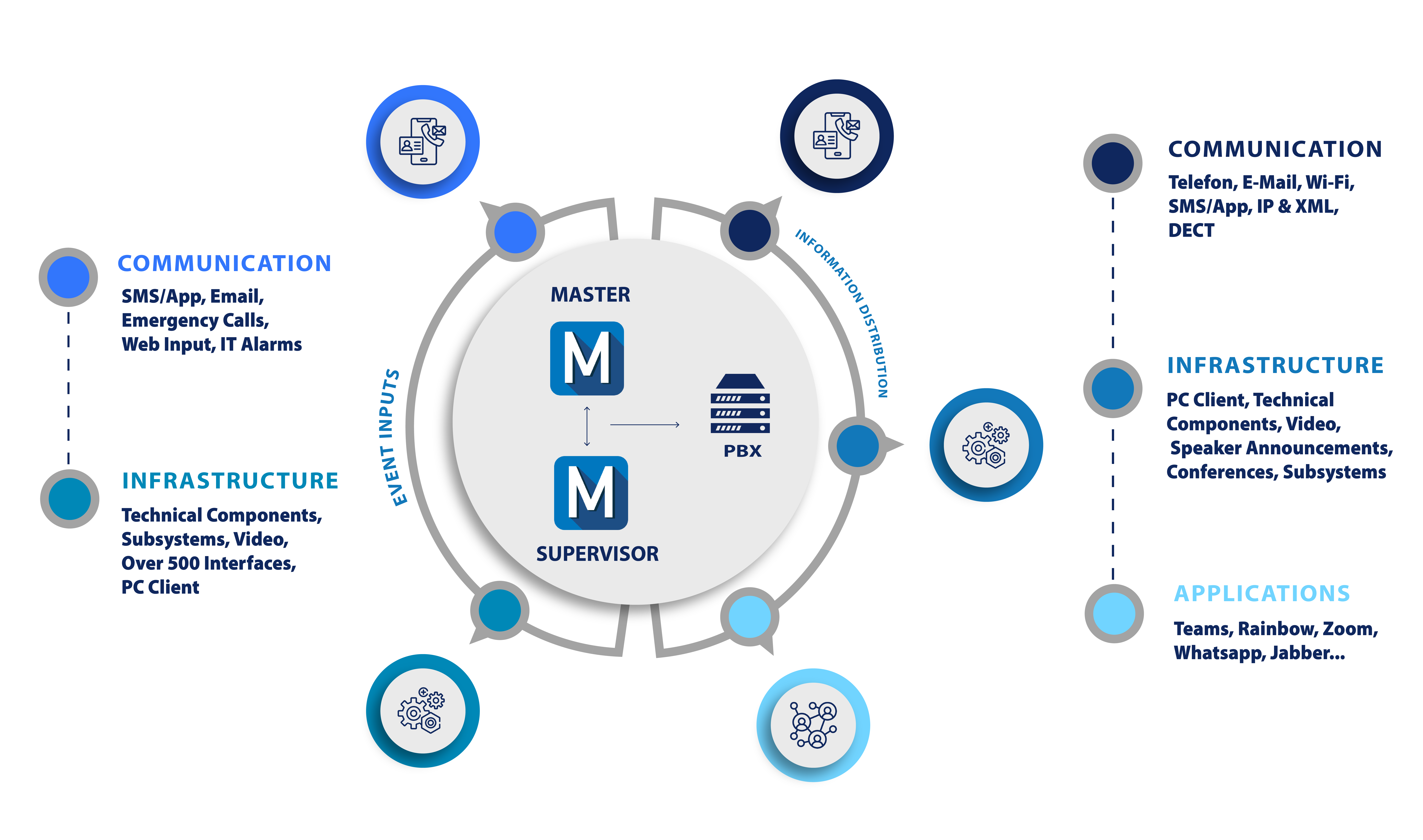MobiCall is a professional alarm management and response solution that protects against fire, emergency, silent alarms, lone worker risks and critical infrastructure monitoring.
Home
Home
MobiCall is a professional alarm management and response solution that protects against fire, emergency, silent alarms, lone worker risks and critical infrastructure monitoring.
MobiBox is NewVoice’s on-premise alerting solution, essential in critical situations such as fire alarms, emergency calls, personal security and technical failures.
MobiCloud is a cloud-based solution for alert management, evacuation and people protection. It provides monitoring and mass alerting capabilities via cloud services.
Since 1991, MobiCall has been revolutionizing alert and emergency management with an innovative solution recognized worldwide. Deployed across the healthcare, industrial, and public sectors, it integrates a robust infrastructure with collaborative tools to safeguard personnel and effectively manage critical situations.

Flexibility
Personalised support, remote or on-site, according to your needs
Efficiency
E-training, skills transfer and hotline for optimal management
Reliability
Upgradeable maintenance with support and on-call services
Those who speak best of NewVoice
The EPI area has extremely diverse security requirements. Together with New Voice we were able to work out the complex challenges and put them on paper. This learning process with subsequent success was only possible because New Voice knows its product MobiCall inside out and ultimately keeps every promise.
-Rudi Grasern, Head of Hospitality and Infrastructure, EPI
We are very happy that by integrating the MobiCall alarm server we have a flexible platform that makes life easier for our nursing staff and the patient experience more pleasant. The New Voice team gave us extensive support throughout the entire project phase. Changes in requirements were always seen as a challenge.
-Michael Dengler, Deputy Head of Infrastructure, Klinikum Stuttgart
Have any questions or need assistance? Fill out the form below, and our team will get back to you as soon as possible. We’re here to help!